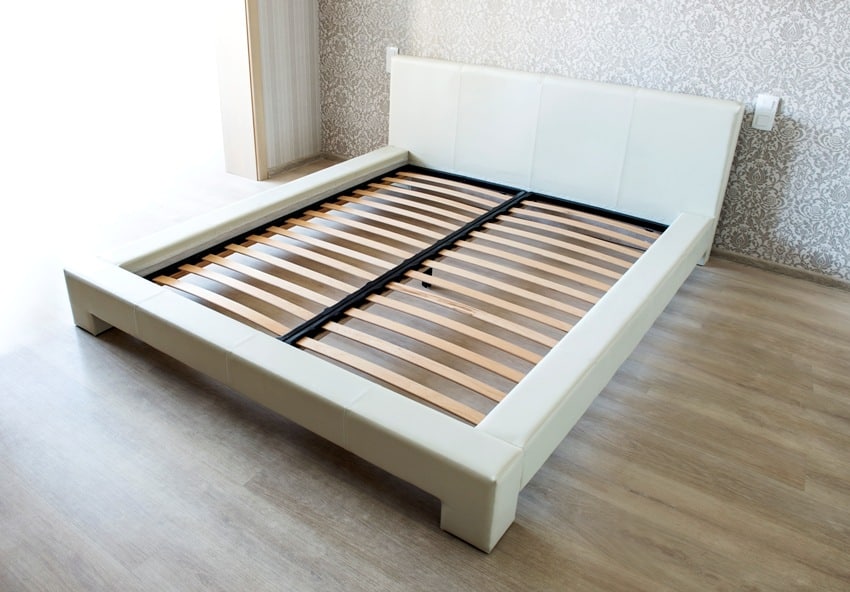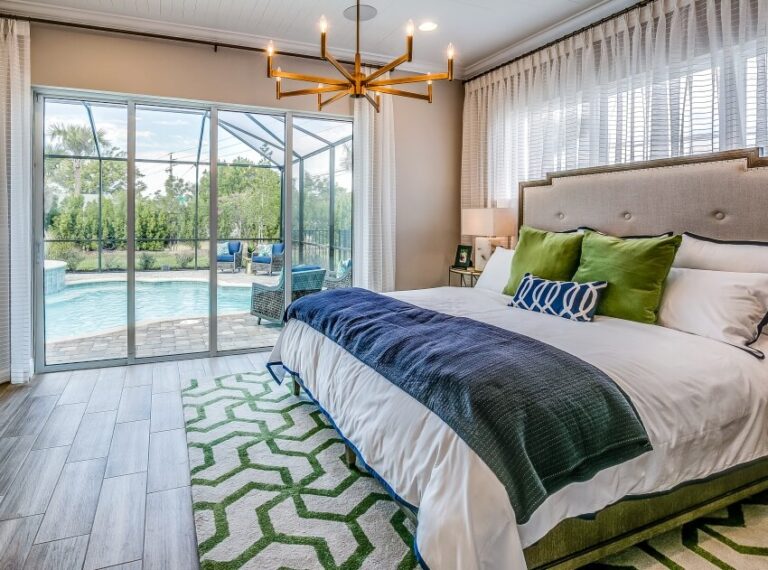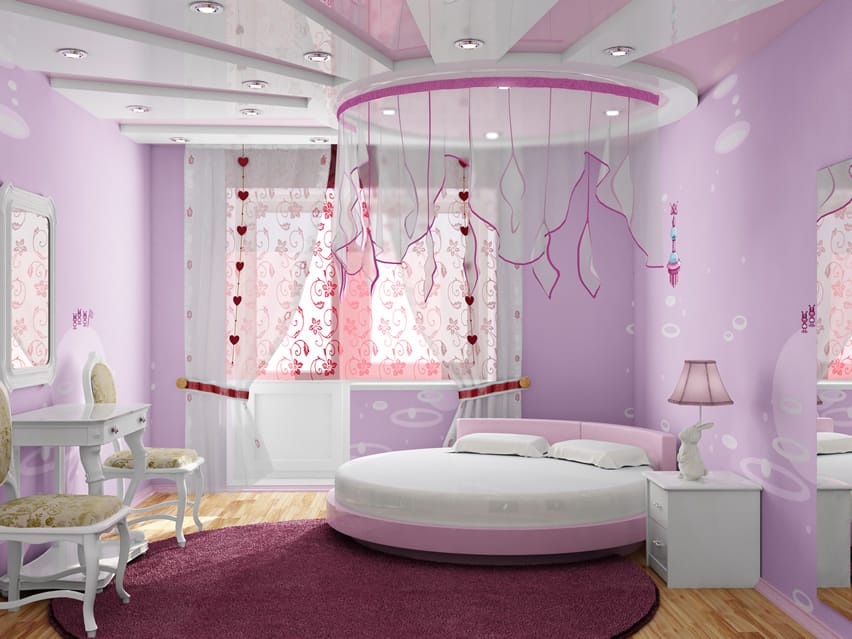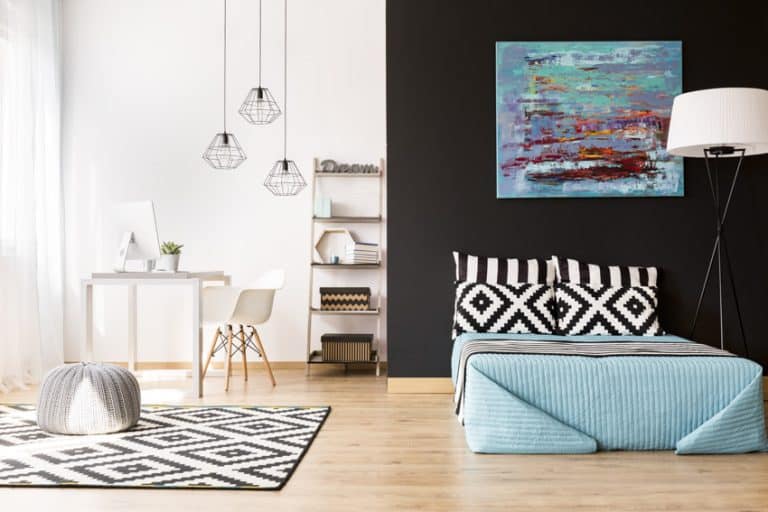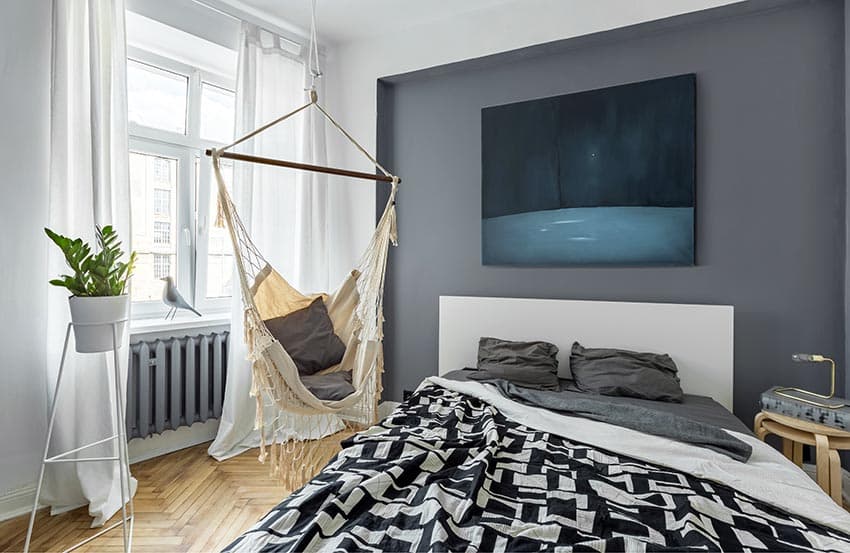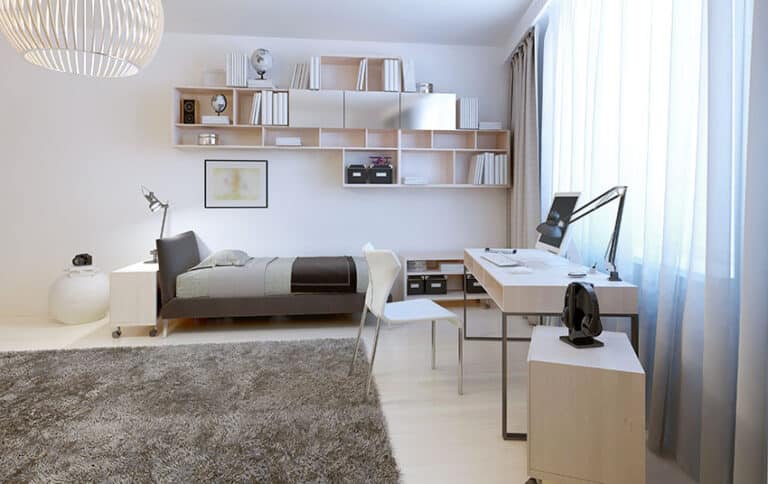What to Use Instead of Box Springs? (Top 9 Alternatives)
What to use instead of box springs? Here we share the popular DIY box springs guide as well as the top 9 alternative bed frames and mattresses with their pros and cons to help you achieve a good and restful sleep.
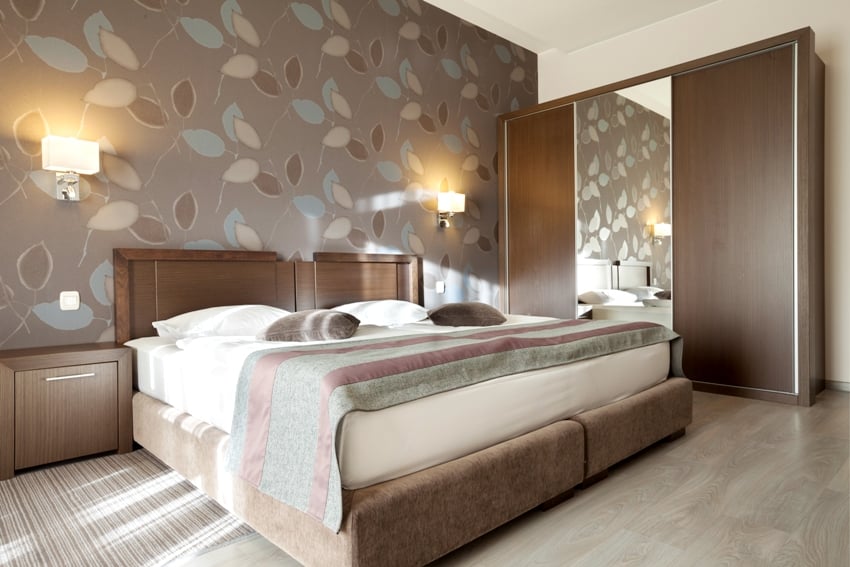
In today’s world, a good night’s sleep is a luxury. Aside from stress and mental health issues, many attribute their poor sleep to uncomfortable beds.
Thus, almost everyone is after the best pillows, mattresses, or bed frames, to name a few.
If you are looking to improve your sleep, investing in a good mattress foundation can bring wonders.[toc]
What Is A Box Spring?
With a 50% boost to your sleep, getting a high-quality mattress can make a big difference. But without proper support, you may miss out on this.
Box spring or divan is a support system sandwiched between the bed frame and the mattress. The coil springs help absorb shock and distribute your weight evenly, which prevents the mattress from sagging.
Box springs also lessen discomforts ranging from body aches to restlessness and poor blood circulation.
Do You Need A Box Spring For Your Bed?
There are a couple of reasons why you may not prefer a box spring. One that comes to mind is that they are not compatible with all mattresses. Read more about the types of mattresses here.
Through modern innovation, countless alternatives have become available to fit everyone’s design preferences, comfort requirements, and budget.
Alternatives To Box Springs (Pros and Cons)
From different types of bed frames to mattresses, the following alternatives come with benefits and limitations that you should think about.
Platform Bed
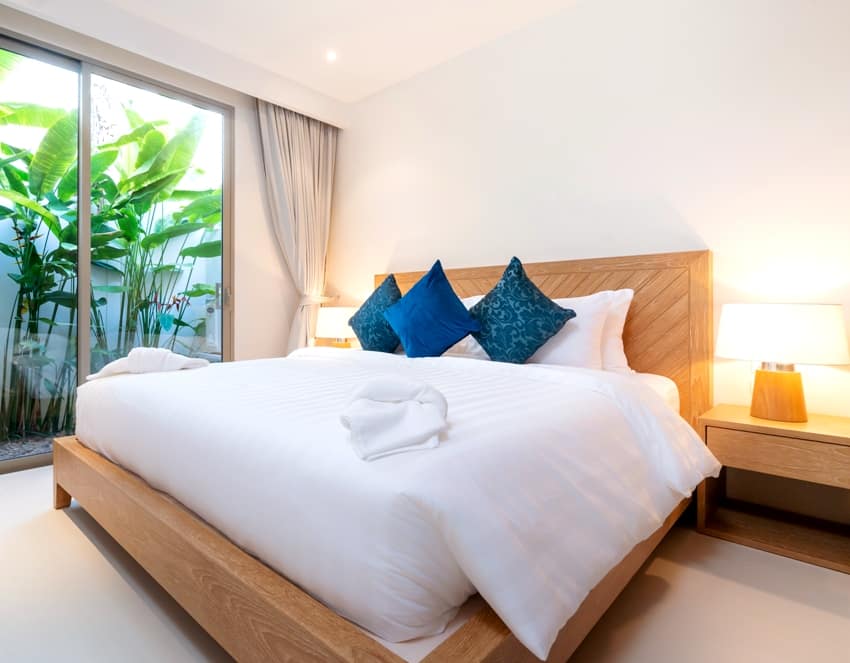
Made from varying textiles, wood, metal, and MDF, platform bed designs can complement most interior stylings.
The slats on the surface of platform beds serve as firm support and protection for your mattress, eliminating the need for box springs. Moreover, their narrow gaps let your mattress breathe.
The downside: low platform beds are not suitable for everyone. With the mattress, a platform bed is only around 18 inches high. Find more about the pros and cons of platform beds here.
Because of this, people with advanced age or knee problems may find getting in and out of bed challenging. Also, the firm support may work against you if you sleep on your side.
Under Mattress Slats
Under mattress slats are common in IKEA-type or ready-to-assemble bed frames. Most under mattress slats are sprung planks of metal or flexible wood.
Unlike platform beds, under mattress slats have wider gaps in between each panel. These gaps provide for more ventilation and allow for a bouncier mattress. However, they are less durable than box springs.
If you are looking for a cheaper alternative to platform beds, under mattress slats may do the job. The flexibility of the panels reduces firmness of the bed, which is great if you sleep on your back or your side.
Wood Slat Foundation
Wood slats are pretty similar to under mattress slats but with a slight difference in durability and thickness. When selecting wood slats, you can choose from any high-strength lumber for your bed frame.
If you are up for a side project, you can cut the panels yourselves. But ready-made slats are also available for purchase. Just make sure you have the correct sizes when buying.
Hickory, pinewood, and red oak are in demand for use in wood slats. These woods have varying durability. That said, consider the strength to weight ratio when choosing your material.
Keep in mind that if the slats break, they are better replaced than repaired. Wood slats are also denser and more straight than sprung slats resulting in a firm bed.
Hybrid Mattress
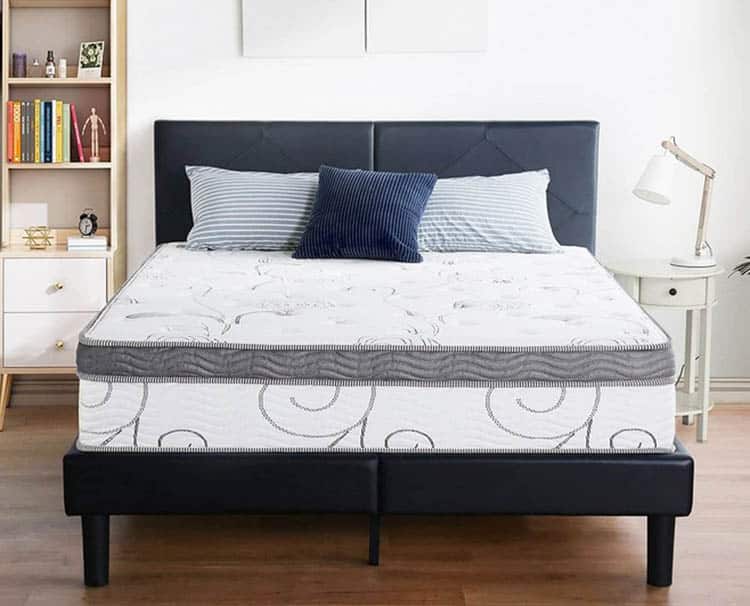
Despite having a good foundation, you may still suffer from back and body pains. If so, consider changing your mattress.
A hybrid mattress is a combination of different foams like memory and latex foam. Whether you want the mattress to be softer or bouncier, there are many options to choose from.
Hybrid mattresses should fit you like a glove and help ease body pains when sleeping. Unlike regular foams that may trap heat, most hybrid mattresses have cooling technology and are hypoallergenic.
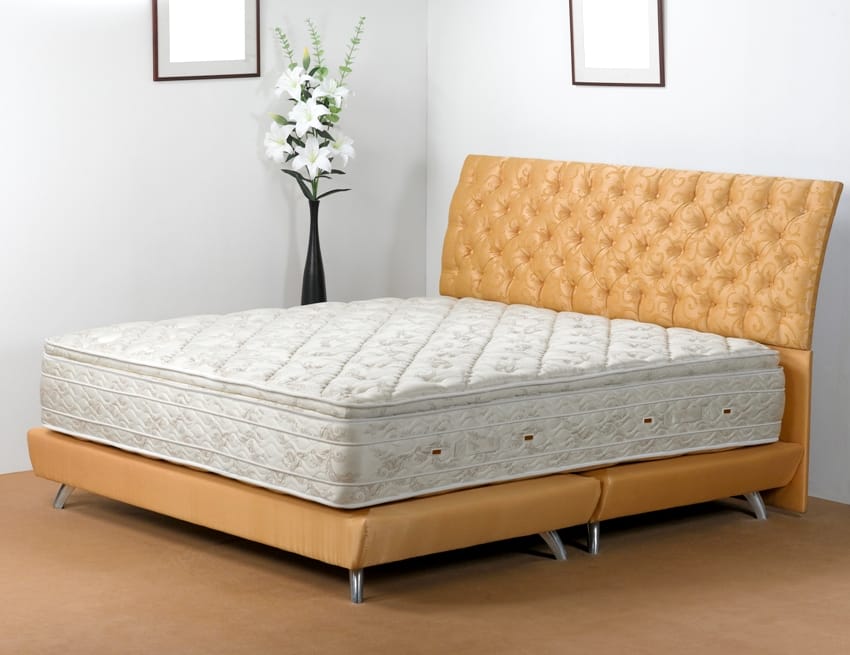
Keep in mind that cheap hybrid mattresses are also widely available at subpar quality, which defeats their purpose.
Innerspring Mattress
Innerspring mattresses eliminate the need for box springs by having an internal coil system and comfort layer. In short, it is a two-in-one combination of latex or polyfoam and box spring.
They are more affordable and easy to find than other types of mattresses.
Stomach sleepers may benefit the most from their firm surface. Innerspring mattresses provide ample support and comfort, but they are also the least durable and may rapidly wear out.
Memory Foam
Invented by NASA scientists, memory foam technology is widely used on products like pillows, shoes, and blankets. Once a buzzword in the mattress industry, memory foams are characterized by their ability to conform to any shape.
The reason many prefer them is because they are softer than hybrid or innerspring mattresses. Memory foam follows the contours of your body, thus, giving you a body-hugging comfort when you sleep.
But not everyone is a fan of this sleep technology. The sinking feeling may be uncomfortable for some and make getting out of bed a bit difficult.
In a sea of options with varying quality and imitations, getting high-quality memory foam is also a challenge. Once you manage to find one, prepare to shell out anywhere between $800 and $2,500.
Adjustable Bed

Hospitals and medical facilities are the primary places where you can find this type of bed. But the growing demand for residential use made way for new designs of adjustable beds.
The motorized bed frames are modifiable for maximum lumbar support. With a push of a button, you can elevate any section of the bed.
However, motorized beds require special mattresses, which can raise their costs. But they are a worthy investment for seniors or those suffering from body aches and sleep apnea.
Aside from the cost, another disadvantage is maintenance. When you run into technical malfunctions, you should call professionals to fix or replace gears and other parts.
DIY Box Springs
There are many reasons you may want to make your own box springs instead. With a bit of creativity and resourcefulness, you can have a sustainable bed while significantly cutting your costs.
Pallets
A favorite bed solution for DIY-ers and those in a shoe-string budget is pallet beds.
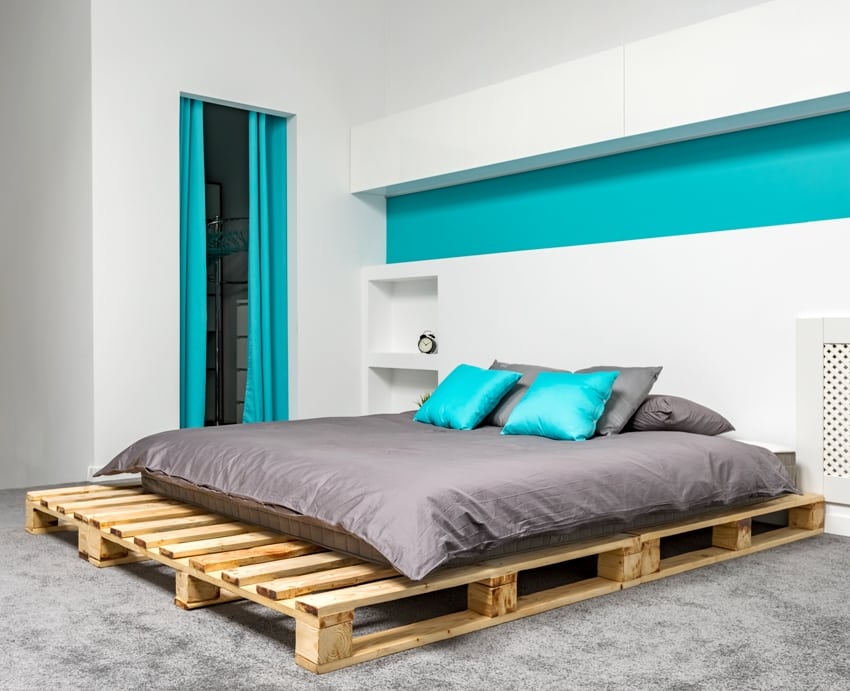
When buying secondhand, be wary of wood problems. Make sure that the pallets you get are clean. Inspect them for termites, damages, or any trace of chemicals that may release toxic odor.
Once you have the pallets, it is easy to set them up. You only have to stack them on top of each other to create your base. Double stack your pallets if you want a higher bed.
You can also paint or stain them in any color you like and add a layer of protection to the wood.
Milk Crates
Another practical option for a DIY bed is milk crates. High-density polyethylene milk crates are durable, which provides a sturdy base. Other crates you can use are wine crates and metal beverage crates.
Milk crates are versatile. You can create a combination of colors, stack them in your preferred height and size, and turn some of the crates into under-bed storage. Finally, place a sheet of plywood on top of the milk crates for a flat surface.
Aside from pallets and milk crates, you can also consider using cinder blocks. DIY beds may be less durable than a proper bed, but they are definitely smart money savers.
Placing Mattress On The Floor
If you are not looking to spend at all, you can always lay your mattress on the floor.
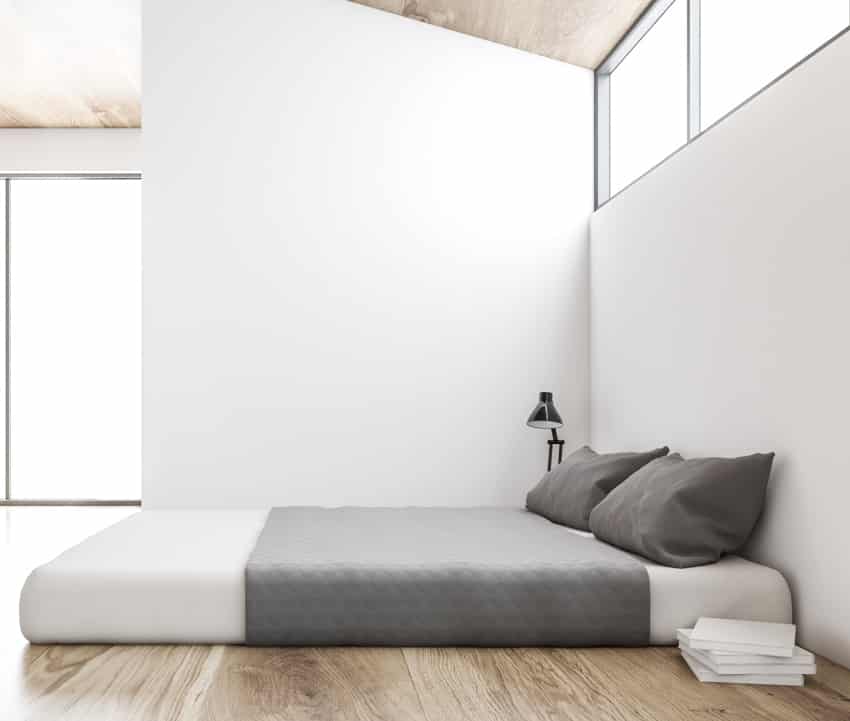
But this cost-free solution has some major drawbacks. Putting your mattress on the floor exposes it to more dust and insects, which can be gross and aggravate asthma. There is also no proper ventilation underneath allowing mildew and molds to grow.
TIP: Air out your mattress regularly and clean your floor every day to prevent these problems.
Sleep is for everyone. If there’s one lesson to pick up from this article, it’s that the wrong mattress and foundation can have tremendous effects on the quality of your sleep. Depending on your preferences, there certainly are bad solutions for everybody.
For more related ideas visit the floating bed design guide here.

